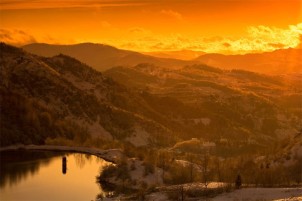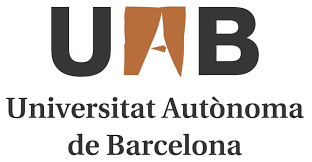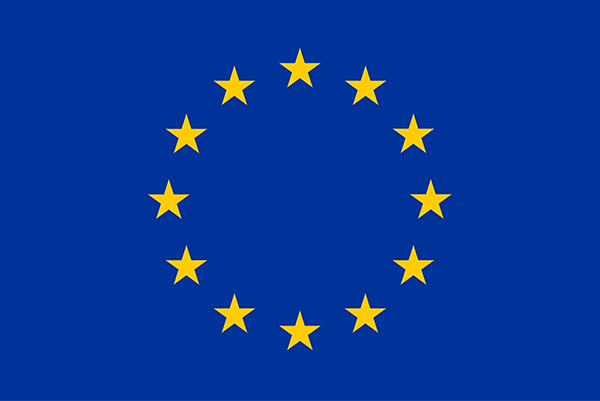
UPDATE 12/09/2013
The prime minister of Romania has announced to withdraw the bill that would have allowed RMGC to mine in Rosia Montana. We’ll come back with more when the vote in parliament is over.
By Nick Meynen.
On Sunday 1 September, some 3000 people demonstrated in the capital while other demonstrations with 1000s of attendants were held in other places in Romania and beyond. Since 2002, the movement „Save Rosia Montana” in Transylvania is fighting a new gold mining project proposed by the Rosia Montana Gold Corporation (RMGC). RMGC is 80% owned and funded by Gabriel Resources, a Canadian mining company. The other 20% stake is from the Romanian state. RMGC promised Romanians thousands of jobs, billions in tax dollars and – this one you’ll never guess – environmental protection.
In reality, the mountain region called Apuseni will be decimated. 2000-year old Roman mining galleries set to become UNESCO world heritage, 3 villages, 9 cemeteries and 8 churches will be destroyed. And oh yes, 4 mountains will be decapitated too. Rosia Montana happens to be the oldest village of Romania with a history of at least 2000 years. RMGC wants to give it a massive reservoir for 214 million tons of cyanide waste: by far the biggest in Europe. Experts say that rivers and groundwater in the region, including the Danube, may be poisoned and only 200 permanent jobs will be created. You want to know the benefits? Well, the tax income is actually unknown because the company’s contract with the Romanian government is a state secret, and Romania’s tax laws are riddled with loopholes. But you can safely bet money that it benefits a lot of politicians.
Save Rosia Montana is fighting this project for almost 15 years now. Their volunteer lawyers managed to stop the project in the local courts time and time again. But the current Romanian government is trying to rewrite the Mining Law, allowing mining operations to seize whatever land they fancy – read: allowing forced dislocation. Later this month, the parliament is set to vote on the new law.
Other backers of the protests include respected academics such as Irina Velicu, who published several academic articles such as this one. The paper is also worth reading if you like to understand how this particular conflict fits in a context of post-communism, Balkanism and Developmentalism.
Meanwhile, this video from local activists shows how people are ‘bussed in’ to support the project (without knowing what or who they support), how normal dialogue is suppressed and how those working for RMGC and the police harass those that ask difficult questions: http://www.youtube.com/watch?v=G7_dKoIzFAQ&feature=player_embedded
The long list of protests in Romania and all over Europe is available here:
Other sources;
Thousands organize street protest against Romania’s gold mining project Rosia Montana





Interesting development this week on the Roşia Montană issue. An independent US think tank has published a report which states that Romania could become an economic powerhouse – if it allows progressive economic projects like the Roşia Montană gold mine to go forward.
The Democracy Institute report “Balkan Tiger or Balkan Backwater: Today’s threat to Romania’s economic future,” notes in over 38 pages the key issues facing the Romanian economic growth plans, commenting that Romania faces a choice between two policy paths: one leads to a prosperous, market-driven tiger economy built upon environmentally sustainable foundations; the other leads to a Romania with the status and circumstance of a Balkan backwater.
The report uses Roşia Montană as a “political test case”, a litmus test for Romania’s future. According to the report, the fight over the Roşia Montană gold mine encapsulates the problems facing Romania today: a project that is vital to the Romanian economy, not only in the GDP contribution of over $24 billion, but also in its ability to encourage local and overseas investors to seek opportunities in Romania, boosting growth and highlighting that the country is “open for business”.
It seems clear that this report is a good step towards clarifying the pressure upon Romania to deliver its economic plan for growth and baring the truth about the positive impact that could be achieved by the Roşia Montană gold mine.